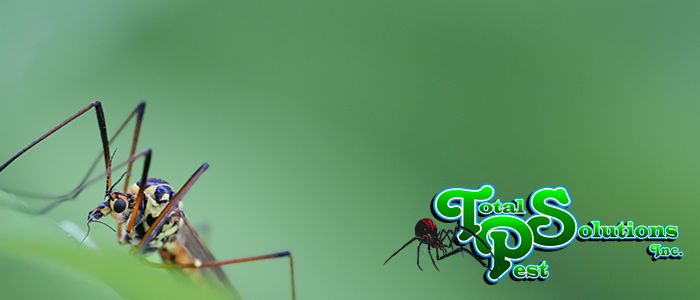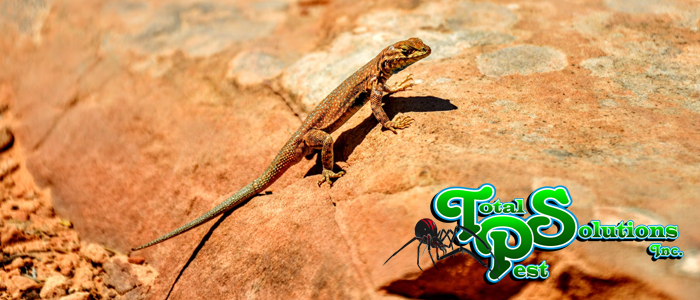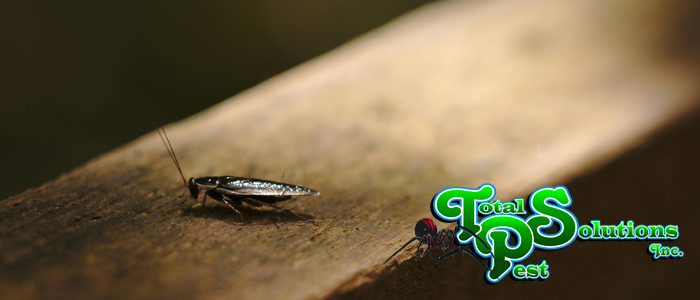
Leaf miners are no stranger to the home gardener. These minuscule pests can be a precursor of a major issue in your vegetable garden. Although, they’re hard to see they leave a visible trail on the leaves of your plants. In this article, we’re learning about leaf miners and how to prevent them.
If a home or business located in the Polk County, FL area needs lawn care services, contact us today. We’re always happy to help!
How Do I Know I Have Leaf Miners?
Look at the leaves of your vegetable plants. Do you see white or tan squiggly trail? This is the most common sign of leaf miners. What you are seeing are the larva’s trails as it munches on the healthy structure of leaves. Translucent patches on the leaves may also indicate leaf miner damage. Miners can live on just one leaf or infect the whole plant. Likely enough, you could even have different species of leaf miners on the same plant.
What Do Leaf Miners Look Like?
Leaf miner is a blanket term for the larva of different kinds of flies and moths. The larvae behave in similar manners and leave behind similar patterns. An adult female insect will lay her eggs either on the underside of a leaf or within the meat of the leaf itself. When the egg hatches, the larva feeds on the leaf for the plant leaving a dead trail and its wake. The trails are often zigzag or shifting patterns. However, Leaf miners can also leave patches instead. On the inside of these trails you should see a tiny pale larva feeding on your garden plant. That is the leaf miner.
During the lifecycle of a leaf miner, the larvae go from feeding on the leaves of the plant to a stage where they’re ready to pupate. To do so, the larva stop feeding and eventually fall to the soil. The larva then crawls two inches into the ground in order to pupate. In a couple weeks, the now adult bug reemerges from the soil to begin the life cycle over again.
Can A Leaf Miner Cause Plant Damage?
Leaf miners can cause damage to plants. Although the age and health of the plant can determine how severe the damage is. An older plant has a better chance of survival from leave minor damage. It’s even possible for an older plant to have sustained no damage at all. However, the same cannot be said for a seedling or young plant. Tunneling through young leaves on a budding plant can prevent the plant from receiving key nutrients. Damaged leaves can wither and fall from the stem breaking the cycle of photosynthesis. Eventually, the young plant or seedling succumbs to the damage.
For gardeners, substantial leaf damage can alter the growth or appearance of the plant. For instance, lettuce infected by leaf miners looks unhealthy and may taste sour. Affected lettuce would be counted as a loss by the gardener that grew the vegetable. On a larger scale, a farmer with damaged crops could lose profits.
How To Prevent Leaf Miners
Prevention for leaf miners comes down to two things. First, you could find a pesticide that either penetrates the leaf structure or disrupts the lifecycle of the larva. Second, you can try to kill them individually. There are pesticides that prevent leaf miners from harming plants. Organic solutions include neem oil. Neem oil disrupts the life cycle of the leaf miner by slowing killing it in between stages. However, it can be difficult to coat every leaf with neem oil. Aside from sprays, you can also pinch the larva in the leave to kill it. With older plants, you can simply pinch off affected leaves.
Total Pest Solutions services inside and outside of the home or business. Give us a call today to schedule an appointment.
continue reading
Related Posts
Summer Mosquito Surge in Winter Haven: Eco-Friendly Prevention Strategies The
How to Get Rid of House Lizards Without Killing Them






